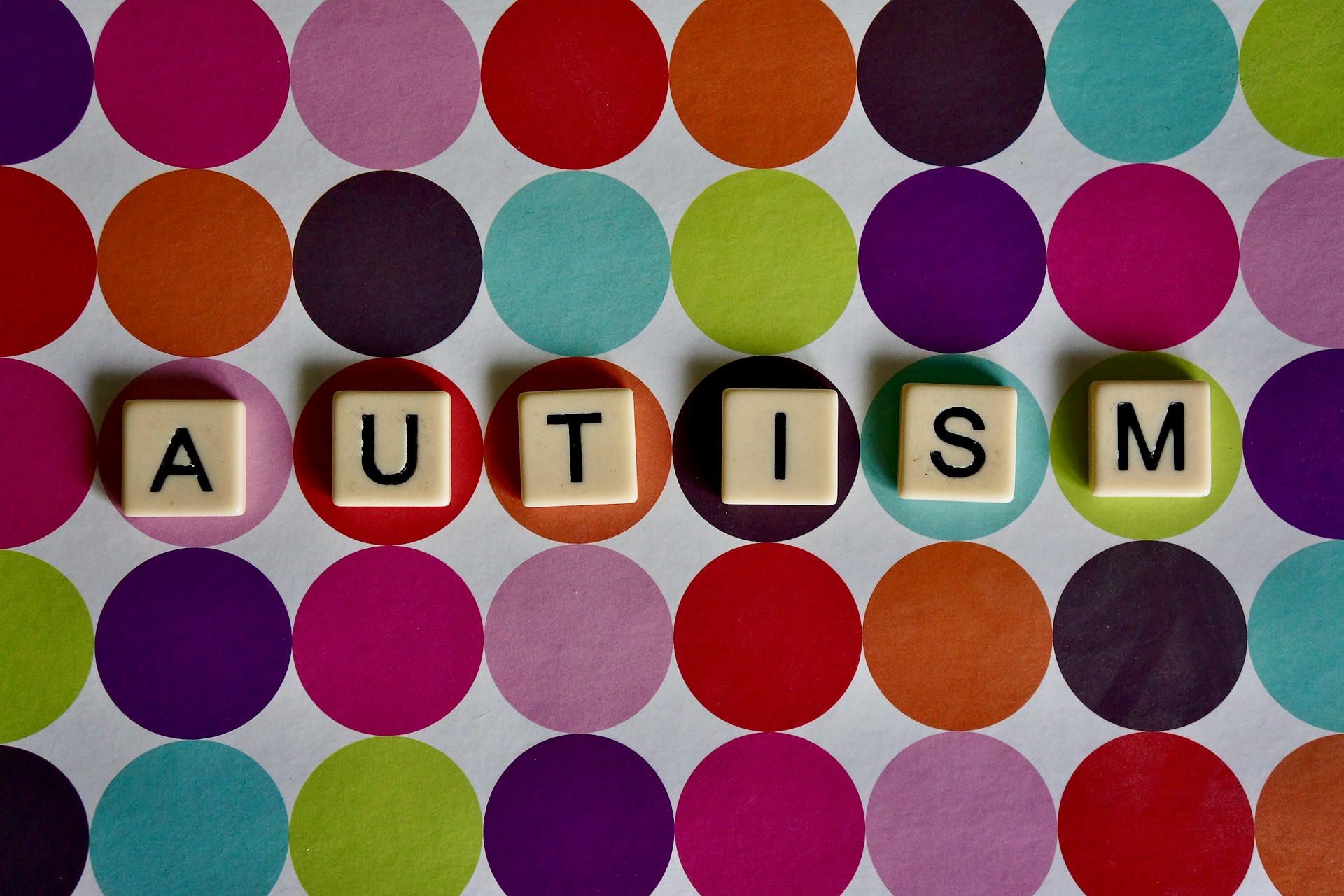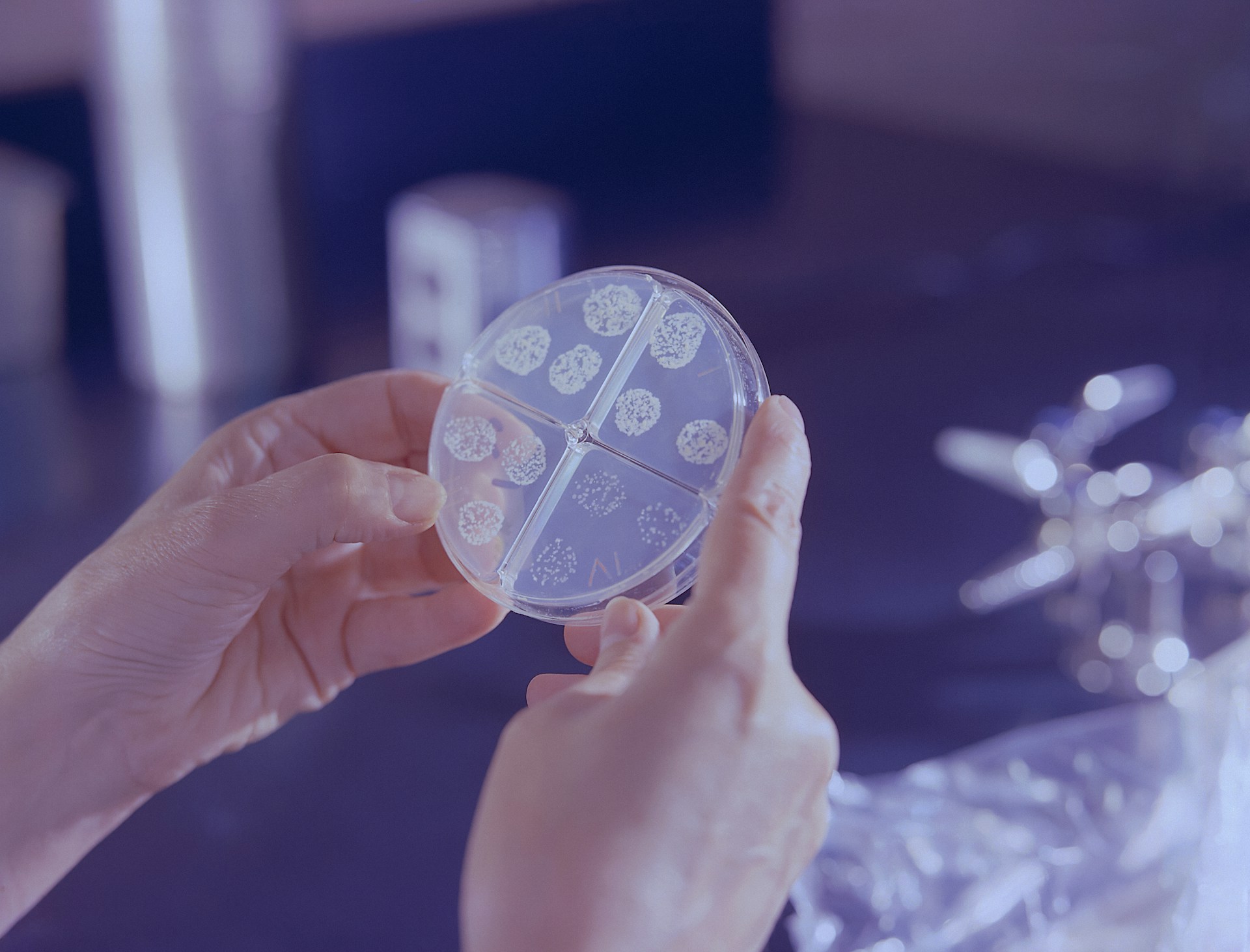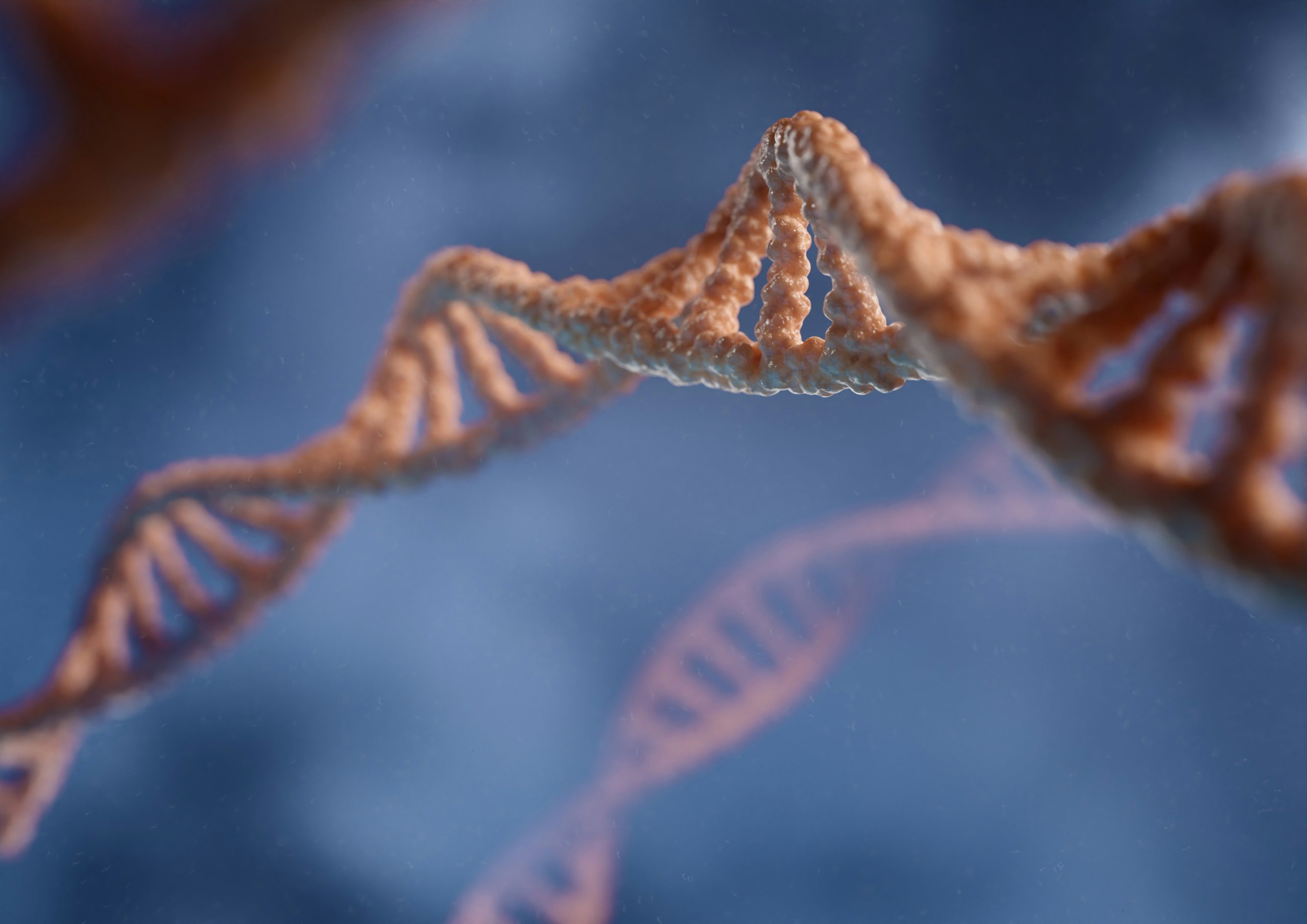An exploration of how today’s autism prevalence reveals people who were always there, finally being seen. Photo credit: Peter Burdon via Unsplash
Textbooks in the 1980s estimated that 4 in 10,000 people were autistic. Today, that figure is approximately 1 in 100, which means this is one of the most dramatic prevalence shifts in modern medicine. With the Trump administration’s recent controversial claim linking autism to acetaminophen (known as Tylenol or paracetamol), robust scientific coverage of what’s behind this surge has never been more crucial. It may be the case that we aren’t witnessing an explosion in the number of autistic people, but an awakening to what has been here all along.
Discredited links
Given this enormous rise in prevalence, it is understandable that some will look to potential environmental factors that might be involved.
1998 brought the MMR scandal. Famously promoted by British gastroenterologist Andrew Wakefield, the measles, mumps, and rubella vaccine was falsely linked to the emergence of autism—a link that distracted from scientific progress within the field and one which has long been discredited.
…the Trump administration announced that there is a clear correlation between prenatal paracetamol use and autism diagnoses in children.
On 22 September 2025, the Trump administration announced that there is a clear correlation between prenatal paracetamol use and autism diagnoses in children. This announcement was based on a small number of methodologically questionable studies, where findings of correlation were incorrectly and unhelpfully interpreted as causation.
My review of the literature is that science doesn’t support this. A Swedish population study analysing 2.48 million children (a lot) born between 1995 and 2019 finding no such link. Using a sibling-control design (that is, comparing brothers and sisters raised in the same family), researchers found ‘no evidence of increased risk of autism’ from prenatal acetaminophen exposure. The hazard ratio for autism was found to be 0.98 in this study. A hazard ratio of 1.0 would mean exposed and unexposed children have the same risk. A ratio above 1.0 would indicate increased risk, whilst a ratio below 1.0 would indicate decreased risk. At 0.98, we can conclude there is no statistically significant association—in other words, paracetamol exposure makes no meaningful difference to autism risk.
It is worth mentioning the plethora of major medical organisations that all continue to recommend paracetamol as the safest analgesic during pregnancy, including the Medicines and Healthcare products Regulatory Agency, World Health Organisation, and the European Medicines Agency.
Uncovering what was always there?
There are a number of credible factors that may be behind this rise in prevalence.
We must first look at the evolution in the way we have categorised autism. The Diagnostic and Statistical Manual of Mental Disorders (DSM)—the handbook referred to by clinicians to make diagnoses—has revised and expanded its definition of autism. In 1980, the DSM-III described “autistic disorder” far more narrowly, naturally resulting in fewer individuals meeting the criteria and receiving a diagnosis. Published in 1994, the DSM-IV introduced the umbrella category of “pervasive developmental disorders” encompassing autism, Asperger’s syndrome (autism without learning disability and language delay) and Pervasive Developmental Disorder-Not Otherwise Specified (PDD-NOS). PDD-NOS was a diagnosis that was given to those who exhibited significant autistic traits but didn’t meet the full diagnostic criteria for autism or Asperger’s syndrome.
In 2013, the DSM-V unified these categories under “autism spectrum disorder”, which remains accepted. Each expansion captured people who would previously have remained undiagnosed.
Due to the absence of our modern diagnostic criteria, many individuals were never diagnosed in early life. This group are often referred to as the “lost generation.” Historically, research on autism in older populations has been hugely neglected and while we are moving in the right direction, we have a long way to go.
It has long been recognised that far more males receive an autism diagnosis than females. For decades, the ratio was 4:1. Why this imbalance exists is very much still up for debate. Many consider it to be a result of autism presenting itself differently in females and, given that research has almost entirely focused on autism using male participants, our detection of autism in females is poor. In this regard, things seem to be moving in the right direction, with the aforementioned ratio now being closer to 3:1. Another key factor driving this gap and a current focus in autism research is the idea that autistic girls and women are more likely to “camouflage” their autistic traits. As the name suggests, this is a phenomenon characterised by an autistic individual attempting to conceal their autistic traits in order to appear more “neurotypical”. Where this occurs, it can be more difficult for autism to be detected, resulting in a late diagnosis, or even preventing an individual from ever receiving one.
Old genes
If increased diagnoses reflect better recognition of what was already there, the question arises of how long autism has been a part of the human population. The answer: a very long time.
It is no secret that autism has a strong genetic basis, which means that it runs in families. This genetic basis is well evidenced by epidemiological studies that have shown that, while the prevalence of autism in the population is 1 in 100, when two individuals have a child who is diagnosed as autistic, the chances of their next child also being autistic is 1 in 5. Despite this, it has also been established that autism is not entirely a result of genetics. We know this because there are some sets of identical twins where one is autistic and the other is not. Identical twins share 100% of their DNA (are genetically identical), so if autism was entirely the result of genetics, these cases of discordant twins would not exist. There must be some environmental effects at play. What these are is still unknown, but paracetamol isn’t one of them.
Despite this, it has also been established that autism is not entirely a result of genetics.
A crucial detail is that most instances of autism appear to stem from common genetic variants rather than rare genetic mutations, meaning they have been present in the gene pool for a long time. A suggested reason that autism has stuck around is because of the favourable traits that autistic people often possess, which is comprehensively explored in Simon Baron-Cohen’s The Pattern Seekers: How Autism Drives Human Invention (highly recommended). This book reframes autism as a cognitive style. An expression of the enormous diversity that can be seen in the human race. A difference, rather than a deficit. Baron-Cohen explores the evolutionary advantages that being autistic may have conferred throughout human history, advantages that help explain why autism-related genes have persisted and may even have been positively selected for during human evolution.
The ‘Pattern Seekers’
The Pattern Seekers is built on Baron-Cohen’s empathising-systemising (E-S) theory of autism, which posits that autistic individuals tend to exhibit challenges in the cognitive domain of empathy. Specifically, cognitive empathy, which is the ability to make inferences about another’s thoughts, intentions and feelings. The second proposal of this theory is that these challenges seem to trade off with another cognitive ability—systemising—which can be understood as the ability to recognise and understand systems. Once a system is understood, it can be predicted and refined. This is often where autistic individuals’ strengths lie. Day to day, strong systemisers tend to have strong pattern recognition skills, as well as an excellent attention to detail.
These systemising abilities would have come with enormous evolutionary advantages. Superior pattern recognition could have enabled prediction of lunar movements and seasonal changes, crucial for early agriculture and navigation. Enhanced tool-making abilities also would have provided clear survival advantages. The ability to identify cause-effect relationships is the foundation of innovation. Temple Grandin conveys this point beautifully, ‘What would happen if the autism gene was eliminated from the gene pool? You would have a bunch of people standing around in a cave, chatting and socialising and not getting anything done’.
As Baron-Cohen notes, ‘the autistic brain is highly tuned to systemise: it is the ultimate pattern detector and truth detector’. When ‘truth’ is defined as lawful patterns in data, autistic individuals seem to be strongly driven to discover it. Thomas Edison’s methodical testing of thousands of materials to find the right lightbulb filament is a perfect example of a systemising mind at work.
…it is hardly surprising that those working in STEM (science, technology, engineering, and mathematics) have significantly more autistic traits than those who don’t.
With this theory in mind, it is hardly surprising that those working in STEM (science, technology, engineering, and mathematics) have significantly more autistic traits than those who don’t. STEM subjects, unlike the social world, are governed by lawful, predictable patterns. These domains reward the cognitive strengths associated with autism: meticulous attention to detail, pattern recognition, and the ability to identify ‘if-and-then’ relationships. This led to a striking finding: autism rates in Eindhoven (a Dutch technology hub) were twice as high as in demographically matched cities.
An awakening, not an epidemic
The number of people that are autistic hasn’t exploded. Our ability to recognise it has. The 1 in 100 figure represents belated recognition of the vast neurodiversity that has always been present. Autistic people have always been here, their unique cognitive profile quietly woven into human history.
Autistic people have always been here, their unique cognitive profile quietly woven into human history.
As recognition continues to improve—especially among females and older individuals—prevalence figures are likely to continue to rise. This is progress, not a cause for alarm. The work ahead shouldn’t be focused on preventing autism, but building a society that accepts it for what it is: a driving force in human invention that has been here all along.





